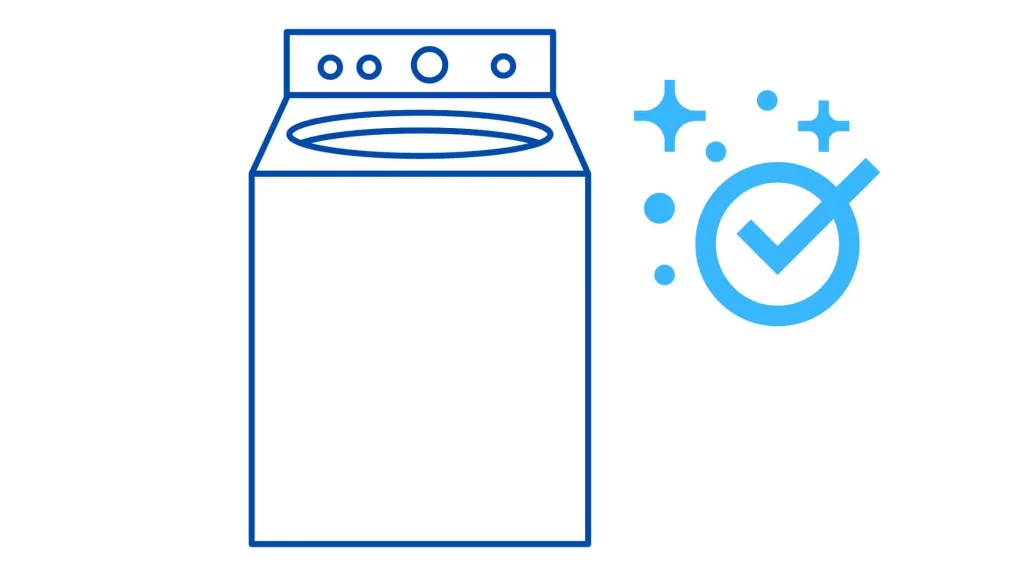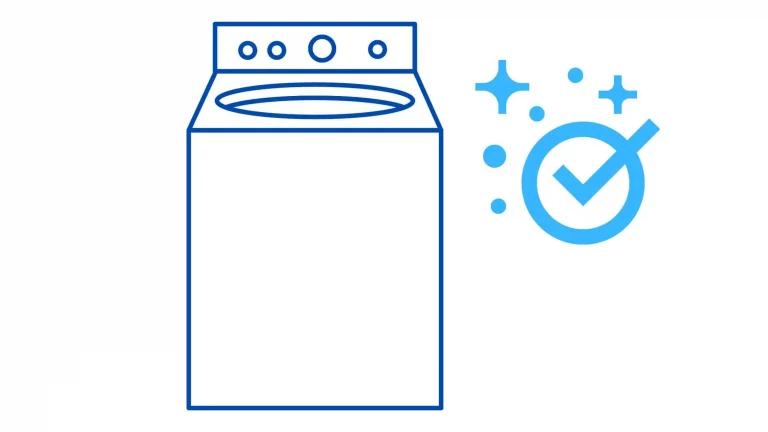If you have a Kenmore washing machine, it’s important to keep the filter clean. A dirty filter can lead to poor washing performance and increased energy costs.
A dirty washing machine filter can cause your clothes to come out of your Kenmore washer stinky and often covered with lint.
Cleaning the filter on your Kenmore washing machine is one of the things you should be doing on your washer aside from throwing in your clothes every now and then.
Here’s how to clean the filter on a Kenmore top-loader washing machine:
- Locate the filter in the middle of the agitator or at the side of the tub in an impeller Kenmore washer
- Take the filter off clear debris and lint on it
- Soak the filter in lukewarm water for about 10 minutes
- Pat the filter dry and return it to its original position.
In this article, we will explain all the steps you need to clean the filter on your Kenmore top load washer in just a couple of minutes.
Table of Contents

Where is the filter on a top load Kenmore washer?
You can usually locate your Kenmore top load washer filter inside the agitator beneath the detergent dispenser for a top load washer with an agitator.
And for a Kenmore top load washer with impellers, the filter is located inside the main tub as a rectangular plastic with a mesh attached to the side.
The location of your filter may differ slightly depending on the model of your Kenmore top load washer.
We have a more comprehensive article about locating your Kenmore top load washing machine filter.
Read also: Can You Use Epsom Salts In Washing Machine? (All You Need To Know)
How To Clean Kenmore Washing Machine Filter Top Loader (Steps Explained)
It’s important to know how to properly clean your Kenmore washing machine filter so your washer can continue to do its job for a long time without problems.
So here is the easiest and most effective way of cleaning your Kenmore top load washer filter:
Supplies needed:
- Screwdriver
- Towel
- Liquid detergent
- Soft bristle brush
1. Prepare the cleaning solution
Fill a bowl halfway with warm water. Add half a cup full of liquid detergent. This is the solution you will be soaking your washing machine filter in. The solution is important to provide a clean wash for your filter.
2. Locate the filter
Locate and remove your Kenmore top load washer’s filter. It may be located in one of the possible locations we explained above in this article.
3. Wipe the filter with a clean cloth
After you have removed the lint filter, you may find lint and debris all over it. Wipe off all the debris on the filter using a clean cloth.
4. Soak the filter in the cleaning solution
Dip the filter into the cleaning solution you prepared earlier and let it soak for about 10 minutes. This will loosen any lint or debris that has dried on the filter. After that, scrub the filter with a soft-bristled brush. Scrub the filter clean till all the debris is off.
5. Clean filter location
Clean the filter area and make sure that there isn’t any debris lurking around there. That could be around the agitator or wherever yours is found. Dampen the cloth or towel in clean water and wipe the filter area clean.
After that, return the filter back to where you removed it.
6. Run a test cycle on your Kenmore washer
After fixing the filter back on your washing machine, you need to run a short wash cycle and observe if there are any leaks. Leaks could be a result of not properly fixing the filter back in place.
If everything runs smoothly, then you’re good to go.
You did it.
You successfully cleaned your Kenmore top load washer filter.
How often should you clean the filter on your Kenmore washer?
Ideally, you should clean the filter on your top load Kenmore washer every 1 to 3 months, especially if you use your washing machine on a regular basis.
This will ensure that you don’t leave lint and debris to build up in the filter.
Read also: Cleaning a Hoover washing machine
Conclusion
It is important to regularly clean your Kenmore washing machine filter top loader in order to prevent build-up and ensure optimal performance.
Luckily, the process is relatively simple and only takes a few minutes.
So be sure to add this task to your regular cleaning routine!

